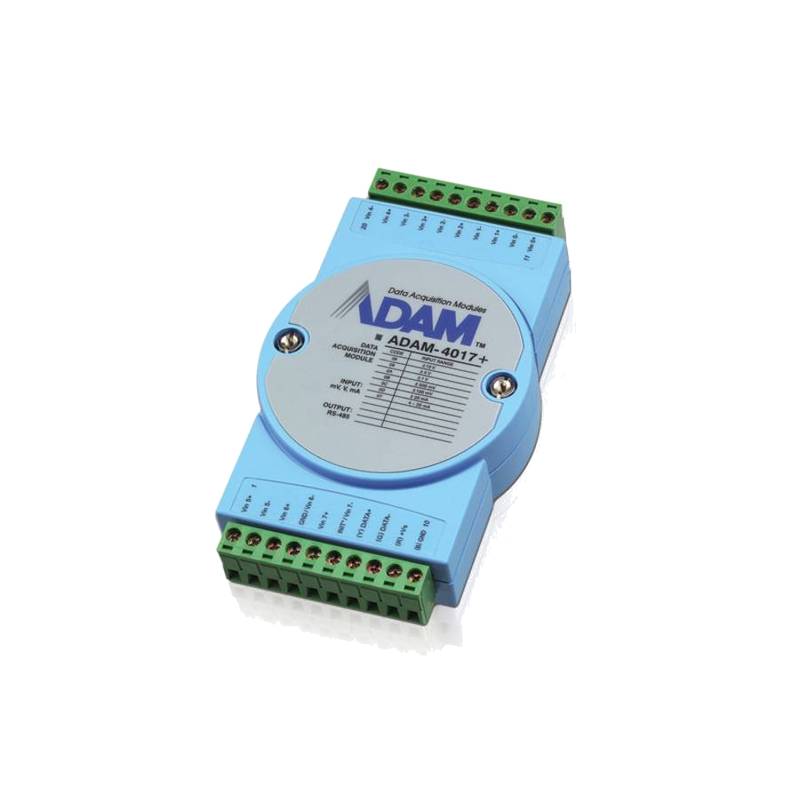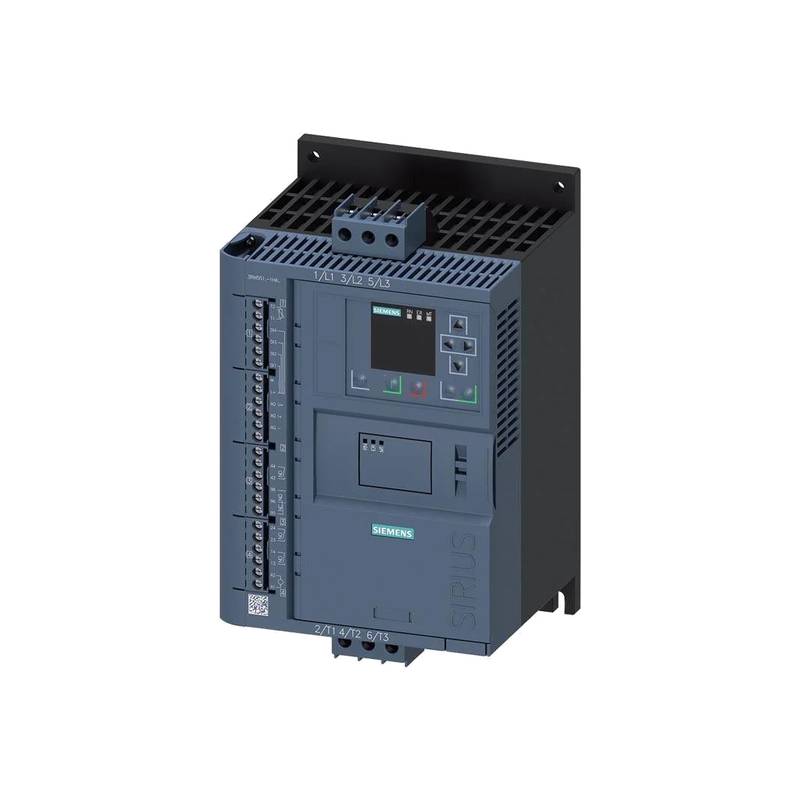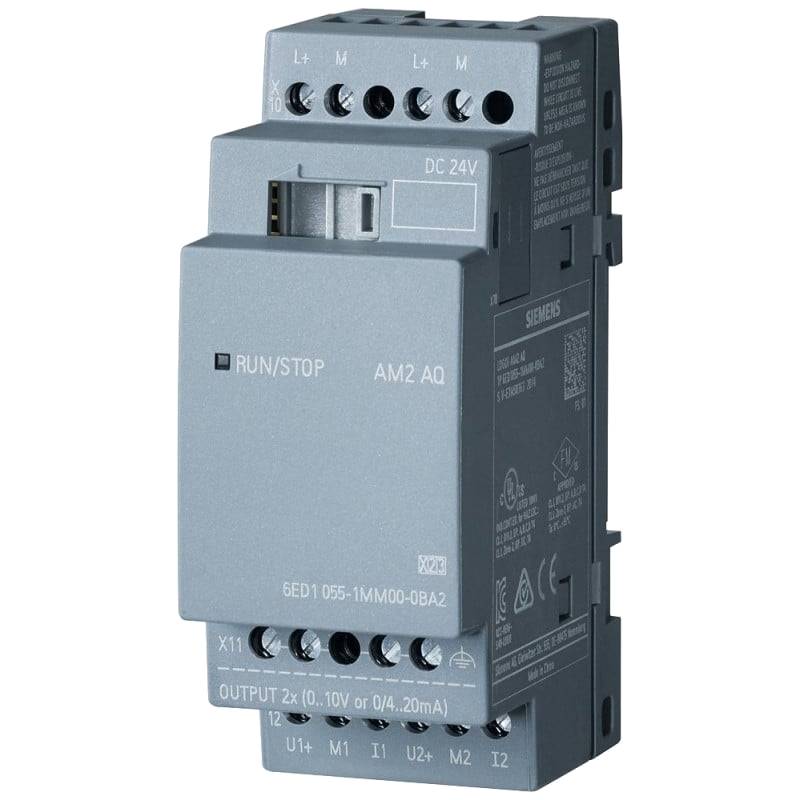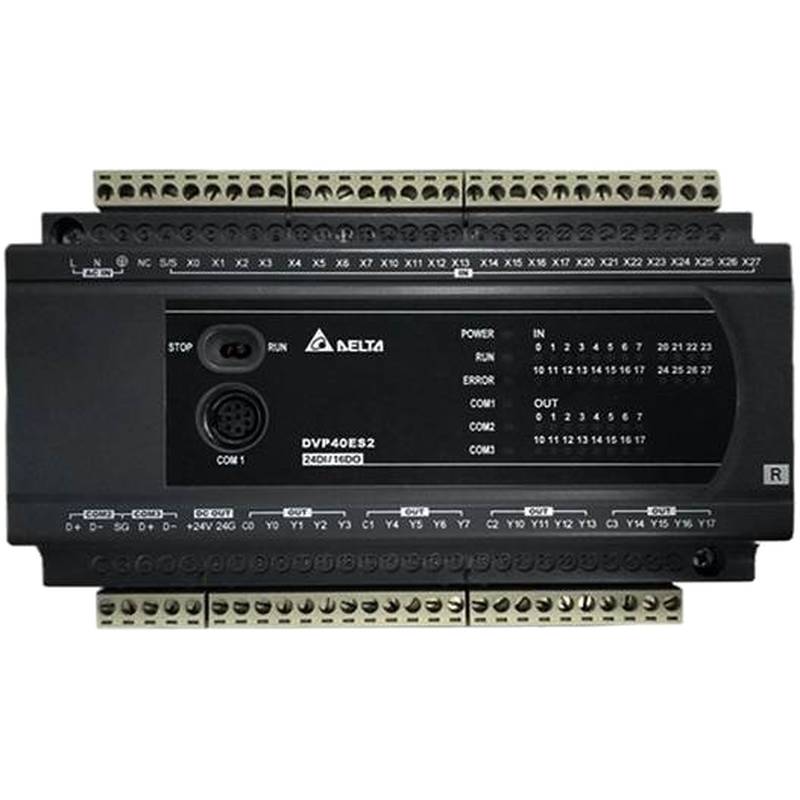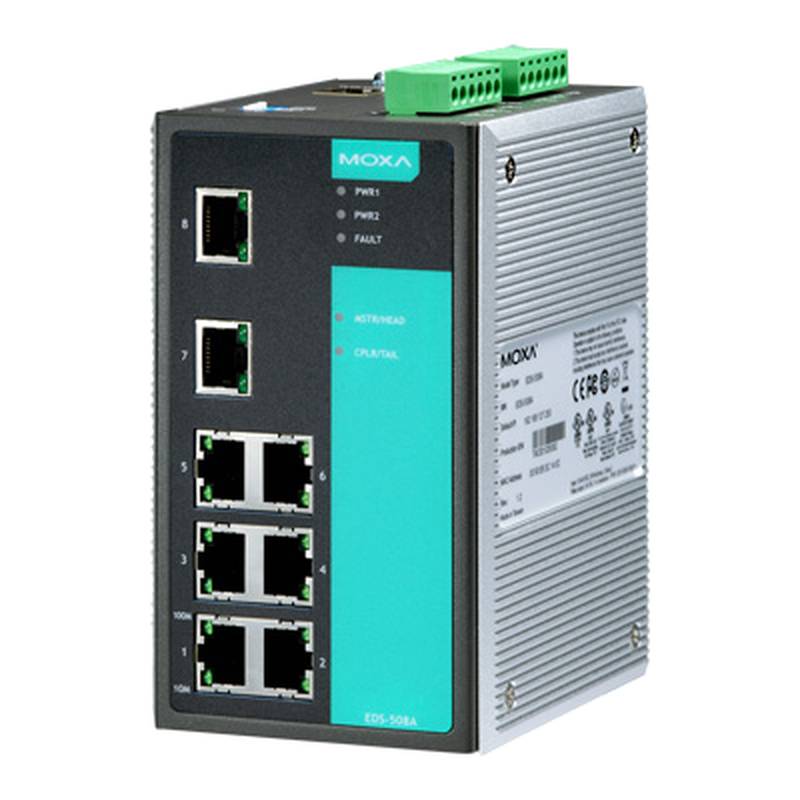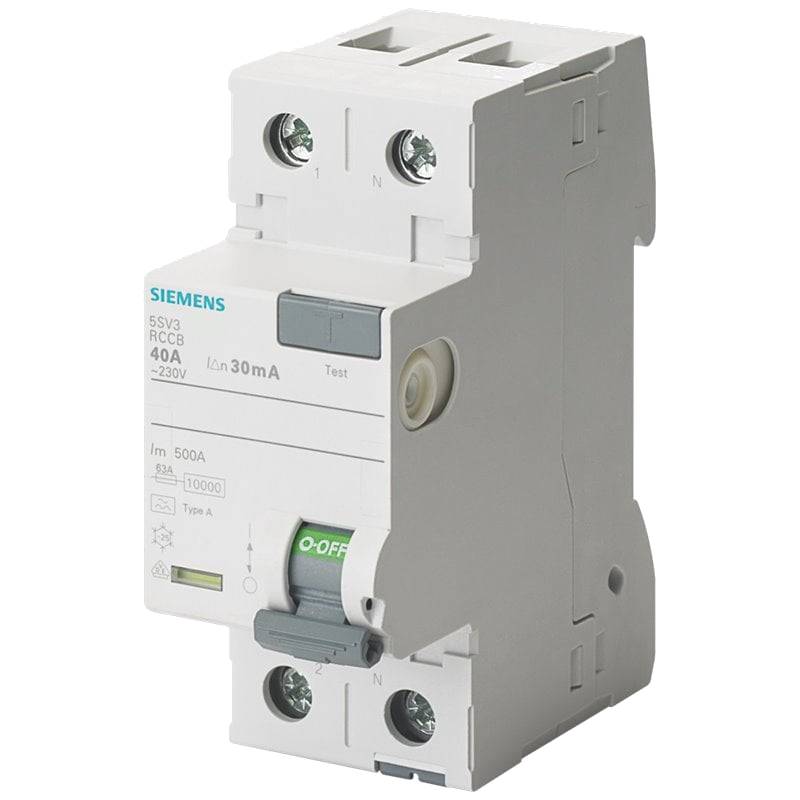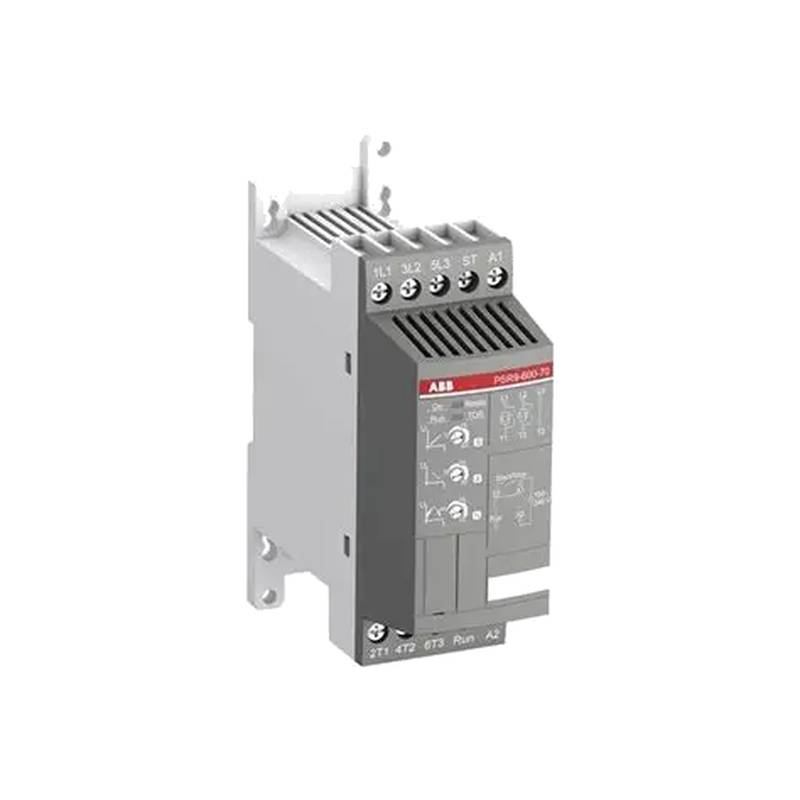
The Siemens 3RT5044-1BB40 is a high-performance 24VDC 65A contactor designed for demanding industrial applications, featuring a double auxiliary contact configuration for enhanced control and monitoring capabilities. This robust device ensures reliable power switching and circuit control across a wide spectrum of industrial settings, offering superior durability and operational efficiency. Its compact design and advanced technology make it a preferred choice for system integrators and maintenance professionals seeking dependable electrical control solutions.
Product Specifications
| Feature | Specification |
| :-------------------------- | :------------------------------------------ |
| Manufacturer | Siemens |
| Product Series | Sirius |
| Contactor Type | Power Contactor |
| Model Number | 3RT5044-1BB40 |
| Coil Voltage | 24V DC |
| Conventional Free-air Thermal Current (Ith) | 65 A |
| Number of Auxiliary Contacts | 2 (Double Auxiliary Contact) |
| Contact Configuration | 3 NO (Normally Open) Main Contacts |
| Control Circuit Type | DC |
| Enclosure Type | Not specified (typically requires enclosure) |
| Mounting Type | DIN Rail or Screw Mount |
| Terminal Type | Screw Terminals |
| Protection Rating | IP20 (typical for industrial contactors) |
| Dimensions (H x W x D) | Varies by specific mounting, consult datasheet |
Core Features & Market Positioning
The Siemens 3RT5044-1BB40 distinguishes itself through its robust construction and reliable DC coil operation, essential for applications where precise control and immediate response are paramount. Its integrated double auxiliary contact provides added flexibility for complex control circuits, allowing for simultaneous signaling of both contactor status and an auxiliary function, thereby enhancing system diagnostics and safety interlocks. This feature positions the 3RT5044-1BB40 as a superior alternative to standard contactors, offering increased functionality within a single unit and reducing the need for additional auxiliary contact modules. The Siemens Sirius line is renowned for its industrial-grade quality, ensuring long operational life and consistent performance even under harsh environmental conditions, a key differentiator in the competitive motor control market.
Key Application Scenarios
This Siemens contactor is ideally suited for motor control applications in diverse industrial sectors such as manufacturing, automation, and process control. Its 24VDC coil makes it compatible with low-voltage control systems common in distributed control architectures and safety circuits. The 65A rating supports a wide range of motor sizes and power loads. Specific use cases include direct-on-line starting of medium-sized motors, controlling heating elements, and acting as a main switching device in control panels for pumps, fans, and conveyors. The double auxiliary contact is invaluable for implementing advanced logic, such as interlocking between multiple motor drives or providing feedback to a PLC for status monitoring and alarm generation.
Practical System Integration Guidance
Integrating the Siemens 3RT5044-1BB40 into existing control systems is straightforward, leveraging standard industrial wiring practices. The main power terminals accommodate conductors up to the rated capacity for 65A loads, ensuring secure connections. The coil terminals (A1/A2) require a stable 24VDC supply for activation. For the double auxiliary contacts, their NC and NO terminals can be wired into control logic, safety interlocks, or signaling circuits. It is crucial to ensure correct polarity for the DC coil and to adhere to local electrical codes and standards during installation. Proper wire sizing and terminal torque are essential for preventing overheating and ensuring long-term reliability.
Operation and Risk Mitigation
Operating the Siemens 3RT5044-1BB40 involves understanding its electrical characteristics and environmental limitations. The contactor is designed for frequent switching cycles but should be operated within its rated voltage and current parameters to prevent premature wear or failure. Risk mitigation involves implementing appropriate overcurrent protection, such as fuses or circuit breakers, upstream of the contactor to protect against short circuits and overloads. Grounding the system correctly and ensuring all connections are secure are vital safety measures. In the event of malfunction, common troubleshooting steps include checking the coil voltage supply, verifying control circuit integrity, and inspecting main contacts for signs of welding or excessive wear. For detailed fault codes or advanced diagnostics, consulting the Siemens technical documentation for the Sirius 3RT series is recommended.
Scalability & Long-Term Value
The Siemens 3RT5044-1BB40 offers significant long-term value through its compatibility with the broader Siemens Sirius modular system, allowing for easy expansion and integration with other components like overload relays and communication modules. Its robust design ensures a long service life, reducing the total cost of ownership. For facilities moving towards digital transformation, this contactor can be integrated into IIoT architectures by pairing it with appropriate communication gateways or smart relays, enabling remote monitoring, predictive maintenance, and energy management capabilities. This forward-looking compatibility ensures that the 3RT5044-1BB40 remains a relevant and valuable component in evolving industrial automation landscapes.
FAQs
1. What is the primary function of the Siemens 3RT5044-1BB40?
The Siemens 3RT5044-1BB40 serves as a high-capacity power contactor, primarily used for switching electrical loads, most commonly electric motors. It is designed for reliable operation in industrial environments, offering robust control and safety features.
Its 24VDC coil voltage makes it suitable for low-voltage control circuits often found in automation systems. The 65A rating signifies its capability to handle significant current demands, making it appropriate for medium to heavy-duty applications.
Beyond basic switching, its double auxiliary contact provides enhanced monitoring and control possibilities, allowing for integration into more complex logic circuits and safety interlocks.
2. How do I properly wire the Siemens 3RT5044-1BB40 for a motor application?
For motor applications, connect the main power supply (line) to the incoming terminals of the main contacts (typically L1, L2, L3). The outgoing terminals from the main contacts then connect to the motor (T1, T2, T3).
The 24VDC coil is energized via terminals A1 and A2. Ensure correct polarity is maintained for DC operation. The auxiliary contacts can be wired into your control logic, safety circuits, or feedback systems as needed.
Always consult the specific wiring diagram in the product manual and adhere to local electrical codes and safety standards for proper installation and connection.
3. What are the advantages of the double auxiliary contact on this contactor?
The double auxiliary contact offers enhanced versatility by providing two independent sets of contacts, typically one normally open (NO) and one normally closed (NC), or two of the same type depending on the exact configuration. This allows for simultaneous signaling of contactor status and additional functions.
This feature is invaluable for complex control schemes, enabling sophisticated interlocking logic between multiple devices or providing separate feedback signals to a PLC for different purposes, such as operational status and alarm generation. It simplifies wiring by reducing the need for separate auxiliary contact blocks.
By integrating more functionality into a single unit, it helps reduce panel space, component count, and overall installation complexity, leading to more efficient and cost-effective system designs.
4. Can the Siemens 3RT5044-1BB40 be used with AC motor control?
While the 3RT5044-1BB40 is specified with a 24VDC coil, its main power contacts are designed to switch AC loads, making it suitable for AC motor control applications. However, it's crucial to ensure the AC voltage and frequency of the motor circuit are within the contactor's rated operational limits.
The DC coil voltage (24VDC) dictates how the contactor is controlled, not necessarily the load it can switch. For AC motor control, you would typically use a 24VDC control power supply to energize the coil, while the motor itself runs on an AC power source.
Always verify the contactor's AC switching capabilities and derating factors against your specific motor's power requirements to ensure safe and reliable operation.
5. What is the role of the 24VDC coil in this contactor?
The 24VDC coil is the electromagnet that, when energized by a 24V DC power source, generates a magnetic field. This magnetic field pulls the armature, causing the main power contacts and auxiliary contacts to change their state (NO contacts close, NC contacts open).
Using a 24VDC coil is common in industrial automation for several reasons, including safety (lower voltage is generally safer to handle) and compatibility with PLC outputs and other DC-based control systems. It also offers a degree of isolation between the control circuit and the main power circuit.
Properly supplying the coil with the correct 24VDC voltage and ensuring sufficient current is available for its operation is critical for the contactor to function reliably and to avoid issues like failure to pick up or drop out.
6. What kind of protection is recommended for the Siemens 3RT5044-1BB40?
It is highly recommended to protect the Siemens 3RT5044-1BB40 with appropriate overcurrent protective devices, such as fuses or circuit breakers, sized according to the contactor's rating and the load it controls. This is essential to prevent damage from short circuits or prolonged overloads.
Additionally, the control circuit powering the 24VDC coil should also have its own protection, typically a correctly rated fuse or miniature circuit breaker, to safeguard the coil and the control power supply from faults within the control wiring.
Proper grounding of the entire system, including the contactor's mounting base if applicable, is a fundamental safety requirement to mitigate electrical shock hazards and ensure the effectiveness of protective devices.
7. How does the 65A rating affect its application?
The 65A rating signifies the maximum continuous current the main contacts can safely handle without exceeding their temperature limits. This makes the 3RT5044-1BB40 suitable for controlling motors and other loads that draw up to this current capacity.
Loads significantly exceeding 65A will require a higher-rated contactor to prevent overheating, premature wear, or catastrophic failure. Conversely, using a contactor rated much higher than the load is generally not necessary, though some oversizing may be done for specific applications or future-proofing.
It's important to consider not just the continuous current but also the inrush current of inductive loads like motors, which can be several times the continuous rating for a brief period. The contactor's design must accommodate these transient surges.
8. What is the typical lifespan or duty cycle of this contactor?
The Siemens 3RT5044-1BB40, as part of the robust Sirius line, is engineered for a long operational lifespan and high mechanical and electrical endurance. The exact lifespan is dependent on the application's switching frequency, load type, and environmental conditions.
Siemens typically specifies duty cycle ratings (e.g., AC-3 for motor switching) and mechanical life cycles (e.g., millions of operations) in their product datasheets. For AC-3 duty, contactors are rated for frequent starting and stopping of squirrel cage motors.
Adhering to the recommended operating parameters, providing adequate protection, and performing routine maintenance checks will maximize the contactor's service life and ensure reliable performance over time.
9. Where can I find the detailed datasheet for the Siemens 3RT5044-1BB40?
Detailed datasheets and technical documentation for the Siemens 3RT5044-1BB40 can typically be found on the official Siemens Industry Automation or Siemens Digital Industries website. You can usually access this by searching for the product number "3RT5044-1BB40" within their product catalog or support sections.
These datasheets provide comprehensive information, including full electrical specifications, dimensions, wiring diagrams, application notes, derating curves, and safety instructions. They are essential resources for proper selection, installation, and operation.
If you have trouble locating the datasheet directly, contacting a Siemens authorized distributor or sales representative is another reliable way to obtain the necessary technical documentation.
10. Are there specific environmental considerations for installing this contactor?
Yes, while designed for industrial use, specific environmental factors should be considered. The Siemens 3RT5044-1BB40 typically has an IP20 protection rating, meaning it is protected against solid objects larger than 12.5mm but offers no protection against water. Therefore, it should be installed in a clean, dry environment or within an enclosure that provides adequate protection against dust, moisture, and corrosive elements.
Operating temperature range is another crucial consideration. The contactor must be operated within its specified ambient temperature limits to ensure reliable performance and prevent damage. Extreme temperatures can affect coil operation and contact resistance.
Vibration and shock resistance should also be assessed, especially for installations in mobile equipment or areas prone to significant mechanical disturbance. Ensuring secure mounting and proper wiring connections will help maintain performance under such conditions.
















